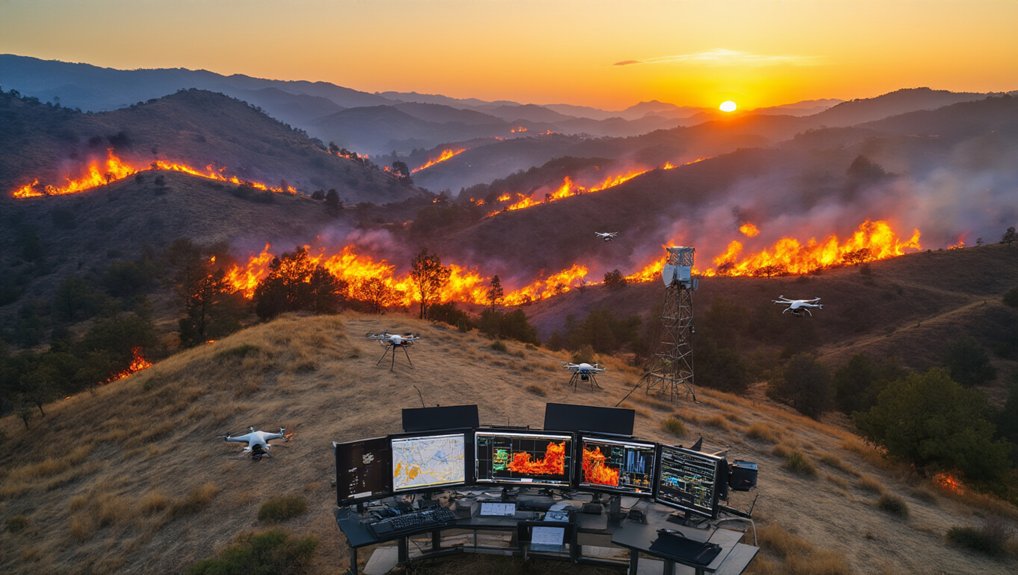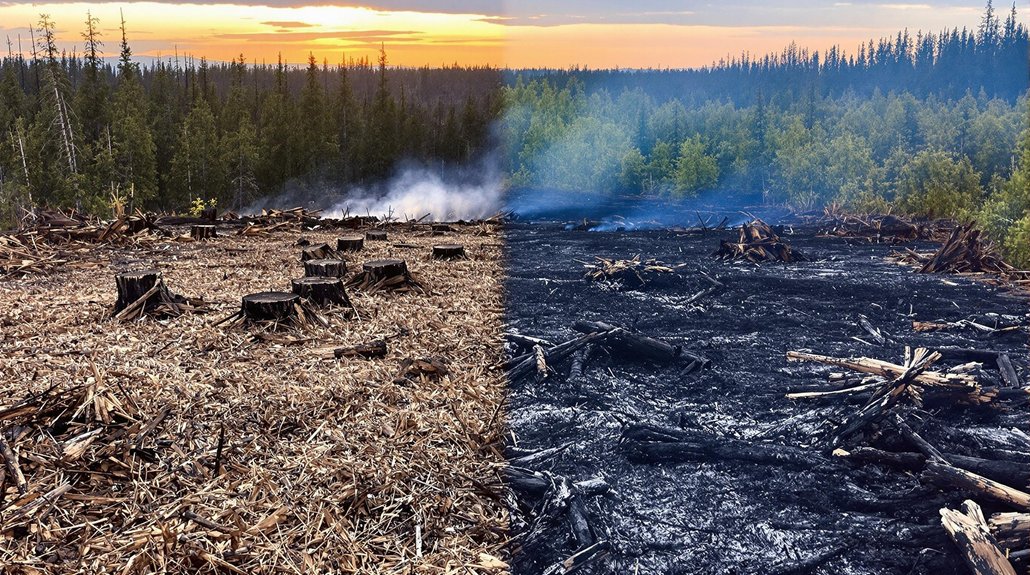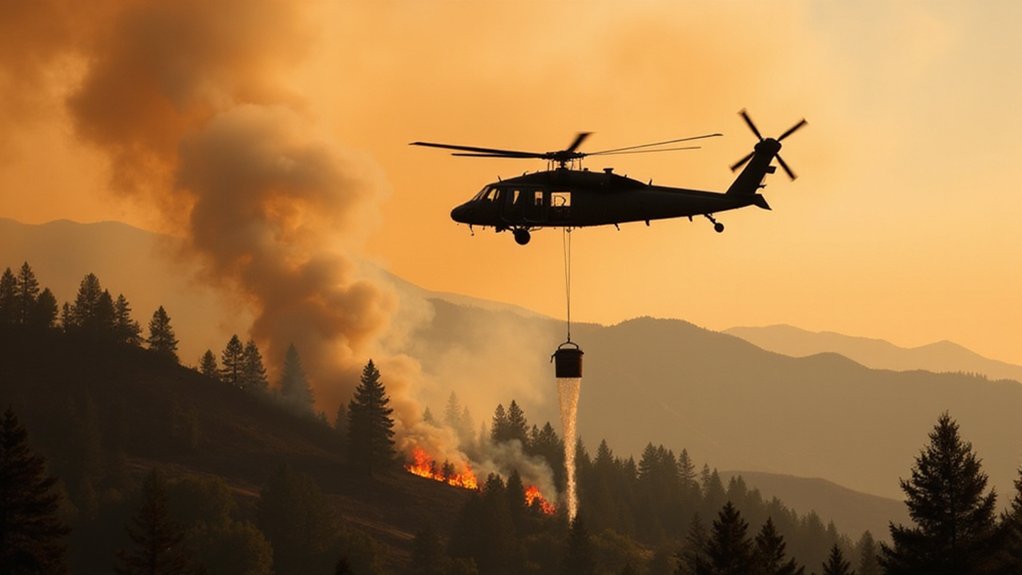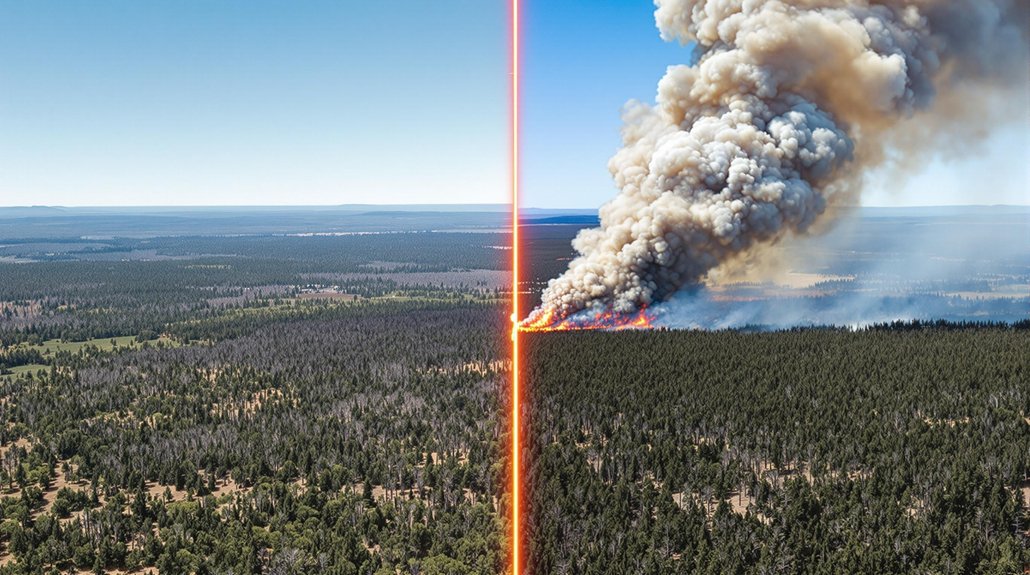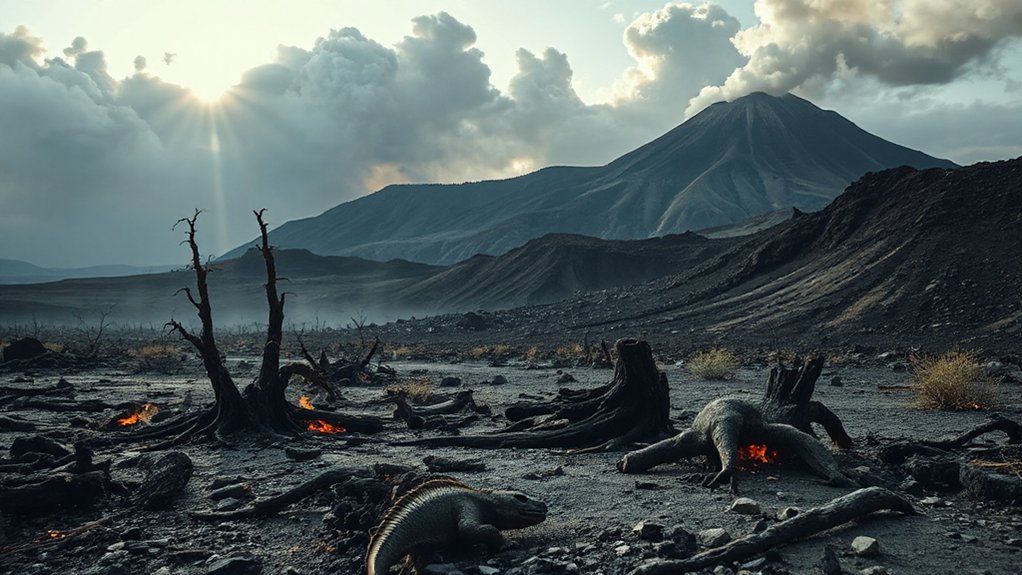While California burns with increasing ferocity each year, tech companies and state agencies are scrambling to deploy artificial intelligence as their newest firefighting weapon. Pano AI and its competitors are mounting fancy cameras across fire-prone areas, letting algorithms play spot-the-smoke before flames turn into headline-grabbing disasters. These systems analyze footage round the clock, catching ignition points when they’re still manageable – not after they’ve torched half a hillside.
AI cameras now watch California’s hills, catching smoke before neighborhoods become statistics.
The tech actually works, which is invigorating. AI detection means firefighters get dispatched faster, resources get allocated smarter, and maybe fewer neighborhoods turn to ash. Insurance companies love this stuff too. They’re using the data to figure out who’s living in a tinderbox and adjusting premiums accordingly. Nothing says “welcome to the future” like your fire insurance rate getting calculated by a computer watching your backyard.
California’s government isn’t sitting idle either. The Office of Wildfire Technology Research and Development – yes, that’s a real department – operates under Cal Fire to test all this emerging tech. They’re the ones advising which gadgets to buy and which ones are just expensive smoke detectors. The legislature extended their mandate through 2029, because apparently wildfire season is now a permanent feature of California living. CAL FIRE’s own data shows the crisis escalating dramatically, with 29 times more acres burning in 2025 compared to the previous year. AB 441 pushed the office’s expiration date to January 1, 2031, giving them more time to evaluate whether all this technology actually makes a dent in the destruction.
The state’s throwing everything at the problem. Home hardening programs, prescribed burns, streamlined regulations for safety upgrades. They’re targeting high-risk areas with laser focus, using advanced mapping that probably costs more than most people’s houses. Remote sensors scattered across the terrain feed temperature, humidity, and wind data to command centers in real-time. Utility companies have made a quantum leap from traditional inspections to AI-powered systems that detect potential failure points in milliseconds, preventing catastrophic outages that could spark new wildfires.
Satellites overhead, cameras on the ground, sensors everywhere – it’s like Big Brother, but for fire.
Community resilience programs are getting pushed hard, with educational campaigns teaching people basic survival skills their grandparents probably knew instinctively. Legislative support keeps flowing through bills like AB 441, mandating coordination between tech developers and emergency responders. Task forces multiply like rabbits, each one promising to finally solve the wildfire crisis.
Meanwhile, California keeps burning, and the tech keeps evolving, locked in an arms race nobody really wants to win.
References
- https://www.gov.ca.gov/2025/04/03/what-theyre-saying-californias-25-key-deliverables-for-2025-to-protect-communities-from-wildfire/
- https://www.gov.ca.gov/2025/03/24/california-doubles-down-to-protect-communities-from-wildfire-with-25-key-deliverables-for-2025/
- https://www.asdevents.com/event.asp?id=25254
- https://legiscan.com/CA/text/AB441/id/3245411/California-2025-AB441-Amended.html
- https://www.risk-strategies.com/blog/how-ai-fire-technology-and-insurers-are-reinventing-wildfire-detection-in-2025
